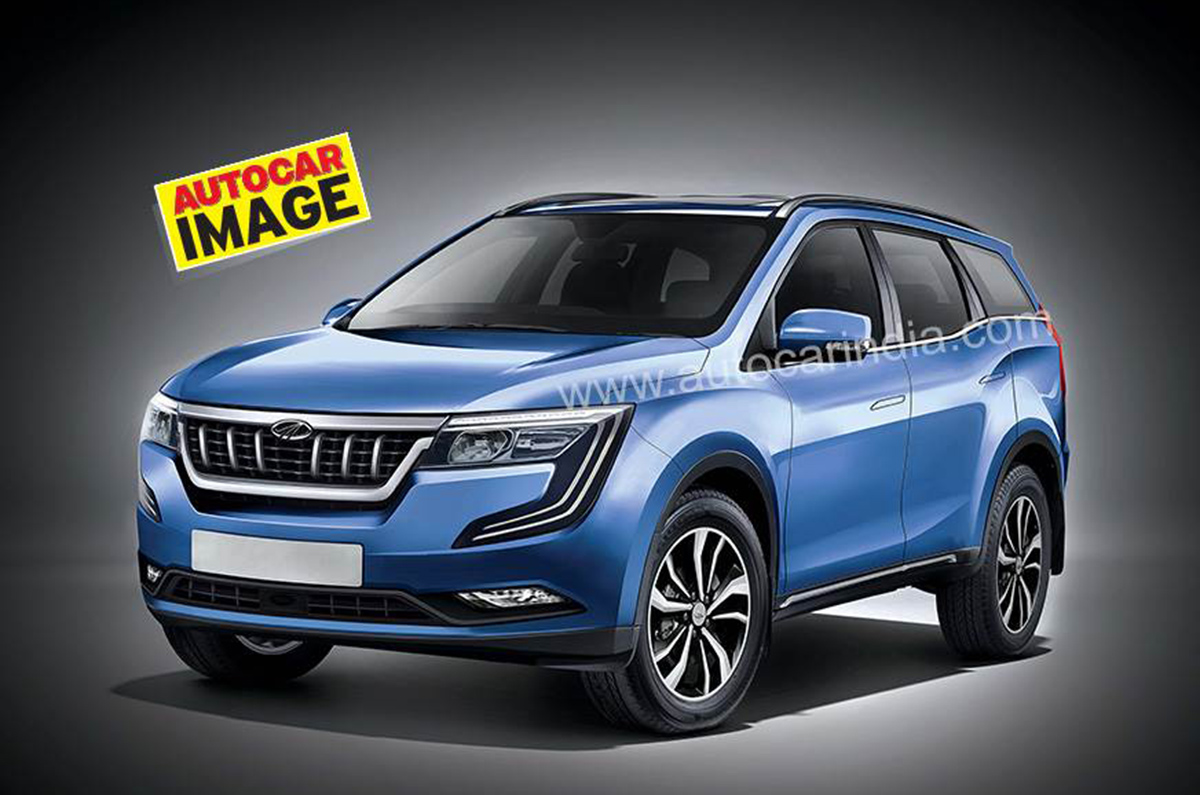The Mahindra Bolero Neo has been launched in India at an introductory starting price of Rs 8.48 lakh (ex-showroom). The Bolero Neo is essentially an updated TUV300, repositioned as an up-market variant within the Bolero range. Mahindra hopes to revive the fortunes of the slow selling TUV300 while also offering an alternative to Bolero customers who want a little more in terms of style and creature comforts.
Over the Bolero, the Neo gets the same 1.5-litre engine but with 25hp more, thus developing a total of 100hp. It also comes with additional features both technically like a mechanical locking differential and creature comforts like a touchscreen.
- Mahindra TUV300 has been repositioned as the Bolero Neo
- Features multiple exterior updates and minor updates to the interior
- Powered by the same 1.5 litre 3-cylinder diesel engine as the TUV300
Mahindra Bolero Neo – Variants and pricing
The Bolero Neo is available in four variants - N4, N8, N10 and N10(O). Prices start from Rs 8.48 lakh (ex-showroom) for the base N4 variant, although Mahindra hasn't revealed the price of the top-spec N10(O) variant yet. Here's a summary with the prices of the first three variants.
Mahindra Bolero Neo – Exterior styling
The new Mahindra Bolero Neo gets a fresh look upfront. The headlights have been re-profiled and it looks a lot sleeker with the LED DRLs now positioned on the upper half. It also gets a re-worked front bumper with new fog lamps. The face has also been updated with Mahindra’s new six-slat chrome grille design. The C-pillar is now blacked-out while the D-pillar is body coloured.
The Bolero Neo also draws some classic design cues from the standard Bolero that include a clam-shell bonnet, squared-off and marginally flared wheel arches and a thick plastic cladding that runs along the length of the SUV. The Bolero Neo rides on new dual five-spoke alloy wheels finished in silver, while the roof rails from the TUV300 have incidentally been given a miss. At the rear, the Bolero Neo gets a new X-type spare wheel cover with ‘Bolero’ branding and a spoiler as well.
Mahindra Bolero Neo – Interior and Features
On the inside, the updates to the Bolero Neo aren’t as comprehensive as the exterior. However, it still gets a completely new instrument cluster with re-worked dials and a new MID screen in between. Other updates to the interior include new beige fabric upholstery with a textured effect, a new tilt-adjustable power steering wheel, and arm rest for the second-row seats. As before, the Bolero Neo gets a pair of jump seats behind the second row, making it a 7-seater compact SUV.
Top-spec N10 variant gets standard features such as a 7-inch touchscreen infotainment system with Bluetooth, steering mounted audio controls, cruise control, air conditioning with Eco mode, front arm rests, height adjustable driver’s seat and electronically adjustable ORVMs. Standard safety features on the Bolero Neo include ABS, EBD and CBC, dual front airbags, reversing parking sensors, and optional ISOFIX mounts.
Mahindra Bolero Neo – Powertrain Options and Underpinnings
Mechanically, the Bolero Neo remains unchanged from the TUV300. That means it is powered by the 1.5-litre three-cylinder diesel engine, updated to comply with the BS6 emission norms. This engine develops 100hp and 260Nm of torque (up by 20Nm) and comes mated to a 5-speed manual gearbox. Unlike the TUV300, which was also offered with an AMT gearbox, the Bolero Neo does not get an automatic gearbox option. That said, the Bolero Neo carries over the engine start-stop technology and the Eco and ESS (micro-hybrid) drive modes from the TUV300 for maximizing fuel efficiency. .
The Bolero Neo is underpinned by the third-generation ladder-frame chassis that also underpins the Thar and Scorpio and distinguishes itself as the only compact body-on-frame SUV in its class. It is also a rear-wheel drive SUV, which further sets it apart from other compact SUVs. Mahindra has even added a mechanically locking differential to the top-spec N10(O) trim of the Bolero Neo following feedback from customers, whose TUV300s have struggled for traction on narrow roads in the monsoon when forced onto slushy shoulders to avoid oncoming traffic. The mechanical locking differential, which diverts power to the rear wheel with better traction, helps improve drivability on loose surfaces.




























